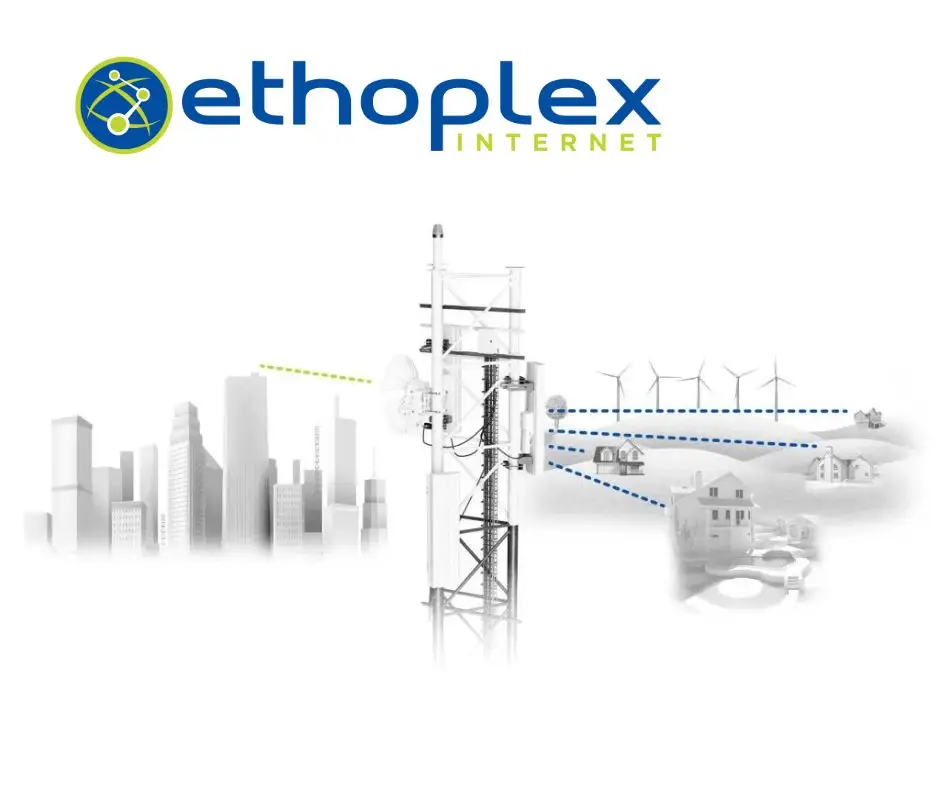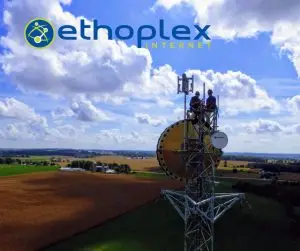How Does the Internet Travel? The Journey of Data from Servers to Your Home
We often think of the internet as something that’s just there—a mysterious force that lets us stream videos, browse social media, and send messages instantly. But have you ever wondered how the internet travels to your device? 🌐✨
The journey of data is more complex than it seems. It involves a series of high-tech highways like fiber optic cables, satellites, and fixed wireless signals. Let’s dive into each of these pathways to understand how the internet travels and keeps you connected.
Fiber Optic Cables: The Backbone of How the Internet Travels 💡
Most of the internet’s data travels through fiber optic cables. These are thin strands of glass or plastic that transmit data using light signals. Fiber optic cables are the backbone of the internet, handling most global data traffic.
When you send an email or watch a video online, that data is converted into light pulses. These pulses race through the cables at the speed of light. It’s almost like having your information traveling on a laser highway! 🌟
Satellites: How Data Travels Through the Sky 🛰️
Fiber optic cables are amazing, but they have limitations. That’s where satellites come in. Satellites connect remote areas, rural regions, and even ships in the middle of the ocean.
When using satellite internet, your data is beamed from a dish on your home up to a satellite in space. It then comes back down to servers on Earth. This entire process happens in just a few seconds, keeping even remote locations connected.
Fixed Wireless: How Internet Travels Without Cables 📡
While fiber optic cables and satellites handle most of the heavy lifting, fixed wireless internet is a game-changer. At Ethoplex, we use fixed wireless to provide reliable, high-speed internet. It’s perfect for areas where installing traditional cables isn’t practical or cost-effective.
Fixed wireless is beneficial for:
- New Business Parks and Residential Subdivisions: It allows for quick deployment and reliable connectivity.
- Urban Business Connections: In cities, boring fiber underground can be expensive and slow. Fixed wireless offers an efficient alternative to keep businesses connected.
Here’s how it works: A radio device is installed on a building or tower. It sends and receives data signals through the air to homes or businesses nearby. This setup lets customers enjoy fast internet speeds without extensive cabling. It’s an efficient way to bring connectivity to underserved or challenging locations.
Why Understanding How the Internet Travels Matters
Understanding how the internet travels helps us appreciate the technology that keeps us connected. At Ethoplex, we’re proud to use these pathways to ensure reliable service. From our fiber-backed infrastructure to our fixed wireless solutions, we’re committed to delivering fast and dependable internet.
Final Thoughts on How the Internet Travels
The internet’s journey from servers to homes and businesses is a complex dance. It involves light signals, radio waves, and even satellites in space. Each time you send an email, watch a movie, or browse your favorite app, your data is traveling through these channels to reach you.
Want to learn more about how the internet travels and how Ethoplex can keep you connected? Reach out to us today. Discover how our solutions can meet your needs, whether you’re in the city or the countryside!




